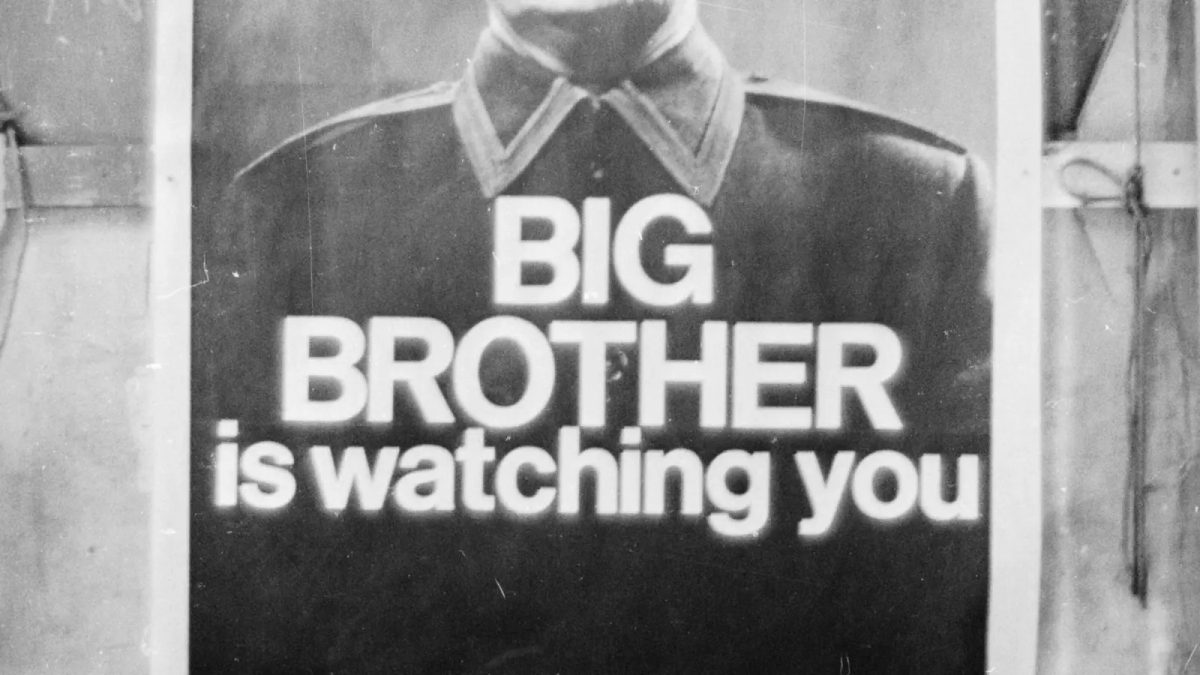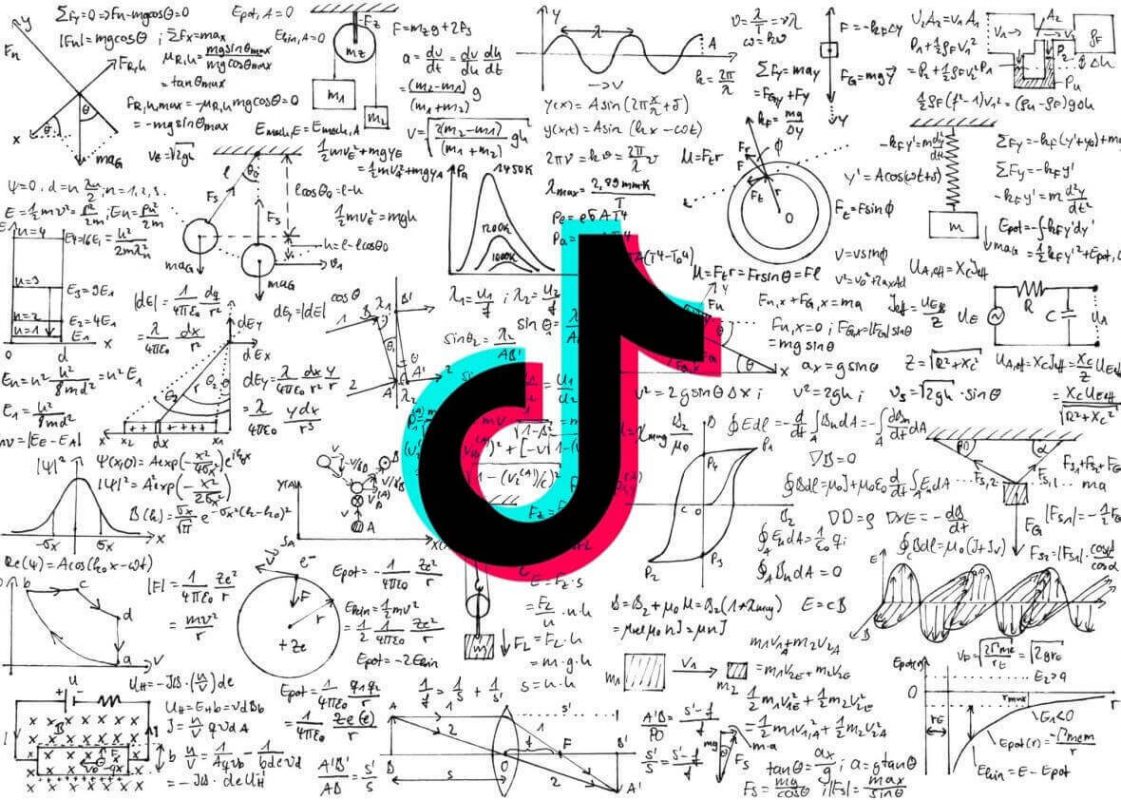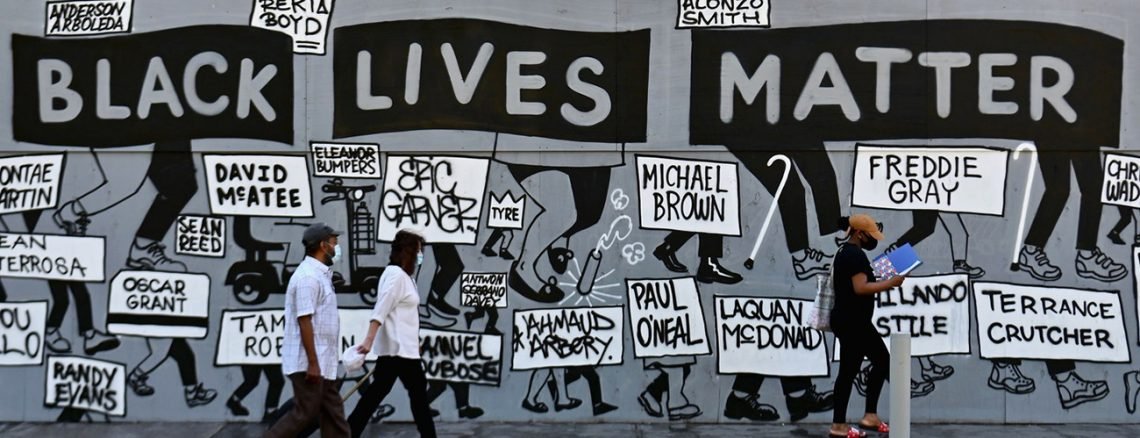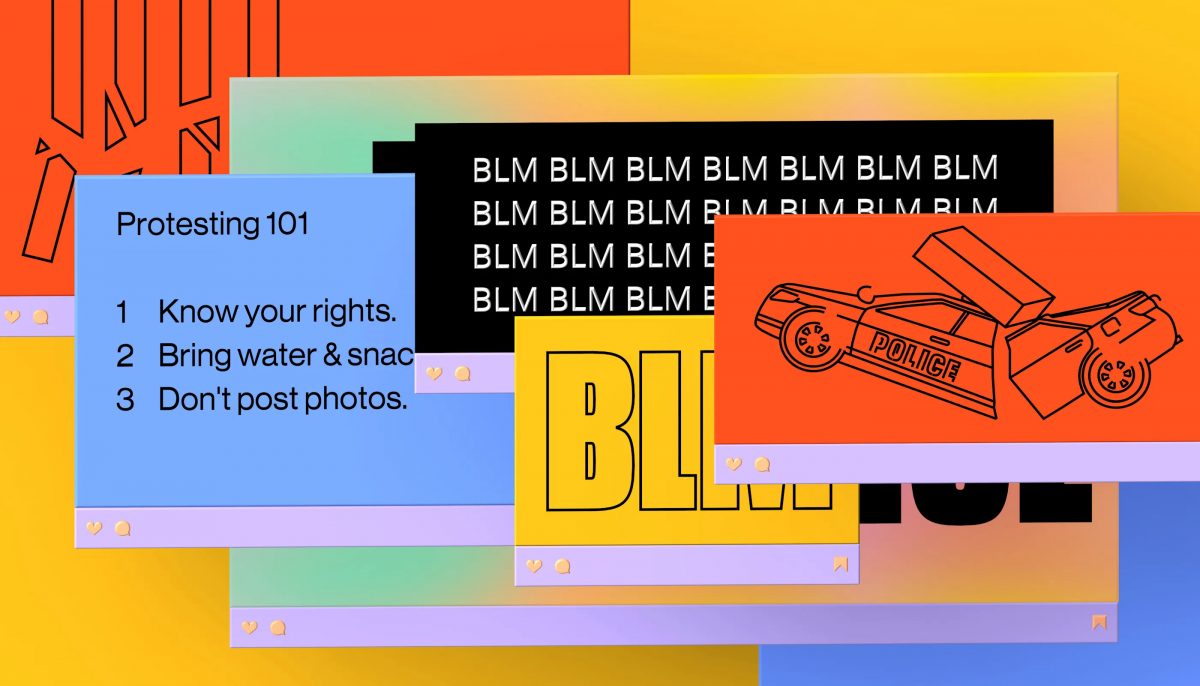Censorship has been a social ruling that has plagued societies for years and now it’s creeping into our social media platforms – but it’s not all bad.

When censorship is talked about most think about an Orwellian world, totalitarian states, dictatorships and cancel culture. When we hear the word censorship we go straight to the negatives, the constraints on what is said and the hindrance of rights. Some may even weaponise the word when their outrageously problematic views are shared and they’re quite rightly shut down. But, I don’t think even Orwell himself could imagine what censorship on social media would look like today and that censorship may even have some positives.
Free Speech?
Censorship on social media can come in many forms, algorithmic censorship, censorship via community guidelines, censorship via security systems and self-censorship. The classic definition of the word is to suppress or prohibit speech or writing that is against the common good, the main concern with censorship is that the people’s individuality will be stripped away. Things get a little dicey when some individuals define their ‘individuality’ as having problematic or discriminatory views, believing they have a right to free speech. But is it really free speech if it’s suppressing others’ freedom? Either way, censorship is used to control information and decides what people will see and interact with.
How Algorithmic Censorship Works

All social media platforms use an algorithm to specify content to the individual and push content that aligns with what they like to consume. On platforms such as TikTok, users can add a few key details about what content they’d like to see or they can freely consume content and the algorithm will slowly learn what they like. This is a great way for users to find new creators and for creators to find the right audience for them. As most social media platforms rely on an algorithm to push content to new people, it can greatly disadvantage creators when censorship starts to affect the algorithm. This type of censorship is one of the only ways in which the people who run the platforms can control communication, but, at times these suppress creators who don’t align with their beliefs or individual values.
it’s lesbian day of visibility so all of you have to look at this pic.twitter.com/OXWZ8Gx5cn
— sarah schauer ? (@sarahschauer) April 26, 2021
Youtube Influencer Sarah Schauer mentions in a few videos that the youtube algorithm ‘hates’ her. She is an openly lesbian creator who at times uses the #lesbian hashtag on videos she has with partners or talking about her sexuality. These videos are either suppressed and therefore, unable to reach subscribers and new audiences. Some of her videos are also flagged for inappropriate content and demonetised; one on occasion during pride month – when Youtube was supposedly promoting LGBTQI+ voices. Smells like performative allyship and homophobia to me. Not only is this discrimination but it negatively impacts their earnings, as Youtube is her job.
Suppressing the Message

We see similar things happening on Tiktok with Black Lives Matter activists, whose content is actively suppressed by the algorithm. This means that the content does not reach new people. Then, it only reaches those who are actively interacting with similar content. It needs to instead, reach those who are ignoring racial issues within their society.
Not only is this suppressing already marginalised black voices, but it has real-world repercussions. For those using these platforms to bring about social change, getting their message out there is the difference between living in a safe or unsafe world. Algorithmic censorship can greatly affect creators. Influencers and businesses that run through social media and rely on the algorithm to push their content to get business.
It’s deeper than a dance strike. TikTok is actively denying creator funding for any type of content related to black folk on their app. The algorithm is literally anti black. You’re telling me ‘white supremacy’ isn’t inappropriate content?? pic.twitter.com/1stSv84rfd
— illuminated niggy ? (@theericklouis) July 6, 2021
A lot of small businesses run through social media and their success depends on how much the algorithm likes them. We see small business owners, trying to hack the algorithm by posting at certain times of the day. Also, posting content that is trending or spending time and energy on understanding how the algorithm on their chosen platform works. This is in order to market themselves better to it to get more business.
Disadvantages
The biggest disadvantage of this breed of ‘cancel culture’, is the way it can hinder specific conversations. Activists are repeatedly at the mercy of censorship on social media, subjected to both harsh community guidelines and the algorithm. Activists calling for a change on the platform can be flagged for abusive speech, meaning that the content won’t reach a wide audience.

This is greatly problematic when groups are being discriminated against by society. Where, then, can people discuss change? It’s increasingly difficult in a society which has normalised social media as a main outlet and source of information. If the people’s message is suppressed, it has real-world impacts. It can easily become the difference between life and death for these groups.
Another disadvantage? Governments have great control over internet censorship. They can restrict what you see and use it to convince you of specific ideologies to indoctrinate into society. We see this to the extreme in countries such as North Korea, where internet access isn’t available to all people. It’s only to be used by high-level government officials – and may be used in schools, but once again, it’s greatly restricted. This is so that they can’t see other ideas from around the world or share what’s occurring in North Korea. Having a channel open for censorship allows governments to abuse that power and control their society and global narrative.
Advantages
Believe it or not, there are advantages to social media censorship, the first one is it can make social media platforms a safe space to interact. Thanks to community guidelines against hateful or abusive speech, it allows for bullying or harassment to be harder to conduct. Comments on posts and social media accounts can be flagged for doing these things. Then they go on to be reviewed and taken down if the magical censorship system sees an issue as well.
In this similar vein censorship on social media is useful when it can force companies and influencers to take down harmful posts. It can also help take away hateful people’s platforms so they can no longer do harm. Granted, it doesn’t always work in the way that it should. Censorship on Social media can also provide a layer of security against identity theft. Also, information theft. It can identify illegal activity occurring on platforms and allows us all to navigate these platforms in a safe way. A form of self-censorship built into social media is the option for parents to restrict what kind of content their children consume. And this can be done through various software and it aims to keep children safe while they use social media. This is to rebuke harmful and age-inappropriate content and predators.
You can read more about this topic from our other writers, Kealie Dorrington and Kelly Li.
Subscribe to FIB’s Weekly Alchemy Report for your weekly dose of music, fashion and pop culture news!







